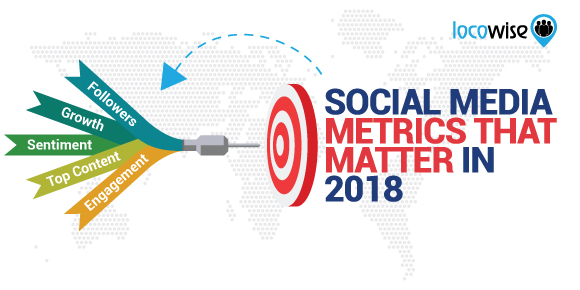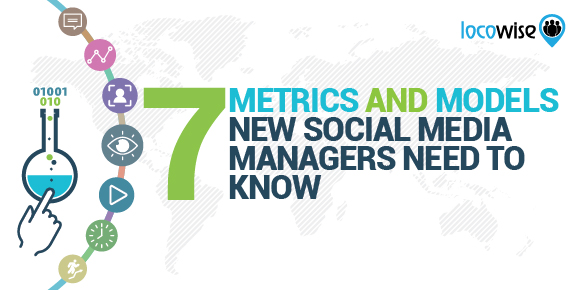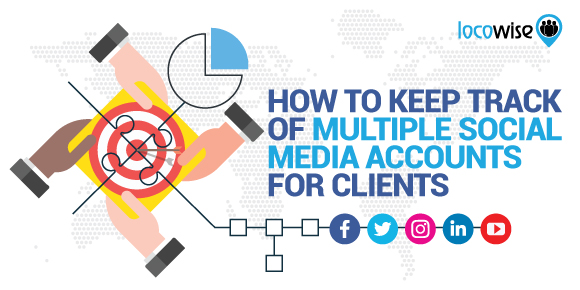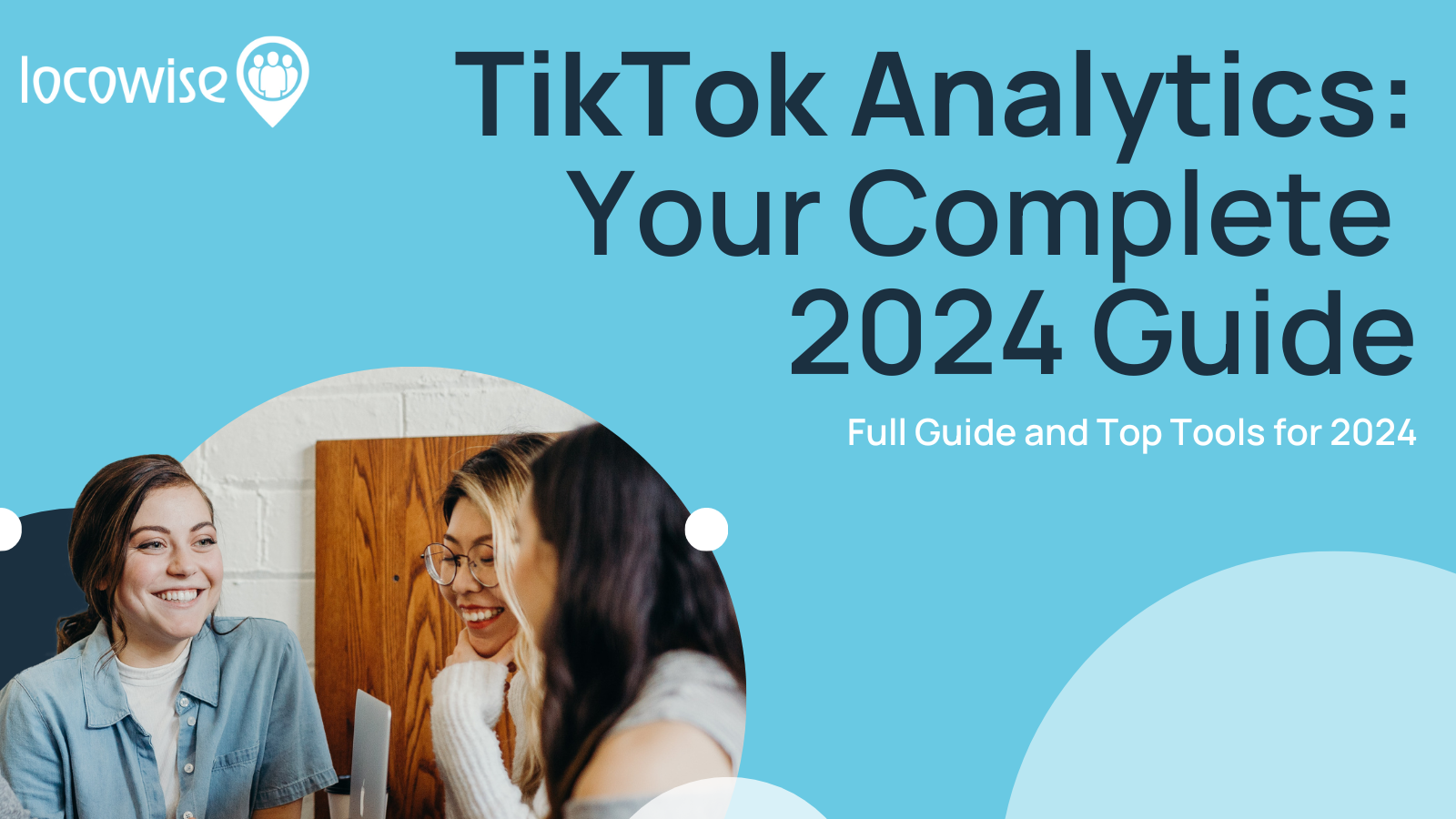Social Media Metrics That Matter In 2018
Sahail Ashraf posted on 23 May 2018
If you’re looking after a social media presence for a client, you want to be sure you’re getting it right. And whatever you might think about the latest shiny object in social media, metrics are what it’s all about.
If you can track and report on important numbers and data, then you have your finger on the pulse and you’re bringing value to your client. But what to track? Which metrics and analytics make the most sense in 2018?

What can you measure with social media anyway?
The game has changed somewhat. Just a few years ago it was seen to be vitally important to get millions of followers on Facebook and Twitter, and if you didn’t have that you were obsolete. And here we are now, in 2018, and everything is different.
Mostly different. Your audience is still important (as long as it’s real and not fake) and the size of an audience does, fundamentally, show you how much exposure your brand has. But these days social media is about engaging real people, and gaining their trust and approval. And it’s about converting them into fans and then customers.
Social media metrics measure how the brand is doing. With the metrics we have chosen below, you have all you need to make sure you’re fully aware of how effective your latest post is, and how your audience is growing (among other things).

So what are the social media metrics we need in 2018?
We’ve taken a good long look at the metrics we offer to our clients on a daily basis. Over time, we’ve been able to choose and deliver the numbers that really matter. Brands use these numbers to gauge the success of the campaigns they launch.
Number of followers
Okay, we are totally aware that this may be going against the nugget of wisdom we started out with, about how numbers aren’t everything. But this metric is important in 2018. Bear with us on this one, it makes sense.
In 2018, there is every chance that you’re working flat out on more than one social media platform. In fact, there are probably up to five channels you’re busting your gut over, and have been doing for a number of months.
Knowing the follower numbers for each of those will tell you something straight away. If one platform, for example, has the lowest number of followers, and has done for the last six months, it might be time to drop it and use the resources on the others.
Follower numbers can, therefore, save you time and money. It’s a metric that matters.

Follower growth
Can you run a successful social media account, with thousands of followers? Yes of course you can. But only if that number grows steadily.
The whole point of marketing is reaching and engaging as many people as possible, as often as possible. If your Instagram account is staying put at 10,000 followers, there’s a problem. For one thing, it means that your plan for exposure and engagement on Instagram isn’t working.
Your accounts need to grow steadily. Then, and only then, can you justify the work you’re putting in. Your client wants growth, it’s as simple as that.
Brand sentiment
It’s been a tough few years on social. Brands are now starting to realise that even the smallest bit of negative sentiment on a channel can lead to a bushfire of condemnation. United Airlines was the biggest story for brands in 2017. Their forcible ejection of a passenger went the worst kind of viral.
Why do we do sentiment analysis? Your client’s brand will be judged at some point, and if anything negative comes out of that, you need to make sure you’re on it.
You can now track the sentiment towards a brand on social media. It’s a metric that is easy to acquire. Using it is the next step.
Respond quickly to the negative, and make the customer feel better. With the positive, focus on thanking them and letting the world know how flattered you are.

Top performing content
Knowing which content performs the best on social has a multitude of benefits. You’ll know which topics work, for example, so you’ll be able to create more content that resonates with an audience.
You’ll also be able to see which type of content does best too. For example, if your top content is video-based, it doesn’t take Einstein to work out what your next piece should be.
There’s plenty of nuance too. Knowing what the audience says in the comments means you’re on the verge of finding out what makes an audience tick. Comments need to be analysed, and best content need to be expanded into a series around it. Whatever.
As long as you can see this in your metrics, you’re ahead of the game.
Engagement
This one will never go out of style. Engagement simply means the number of likes, comments, and so on, that a post gains. You can play around with this one until the cows come home, but simply being able to prove how the account is becoming more popular, more liked and more useful to an audience is more than enough to make your work worthwhile.
You should be all over this like a rash. Get in deep and work out whether or not all is well with the platform you’re looking at. If engagement is going backwards on an account, work fast to see if it can be rescued. If it can’t, you’re wasting your time.
Use the above metrics to accomplish two things. Firstly, you’ll simply become more effective at what you do. Secondly, you’ll make clients even happier than they are now.
Grab some of those amazing metrics for yourself, and some gorgeous charts too. Take out a seven-day free trial of Locowise. It’s a game-changer.





